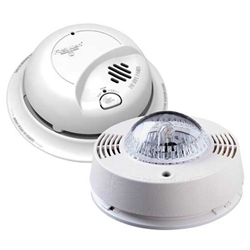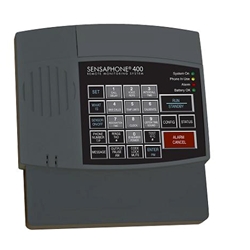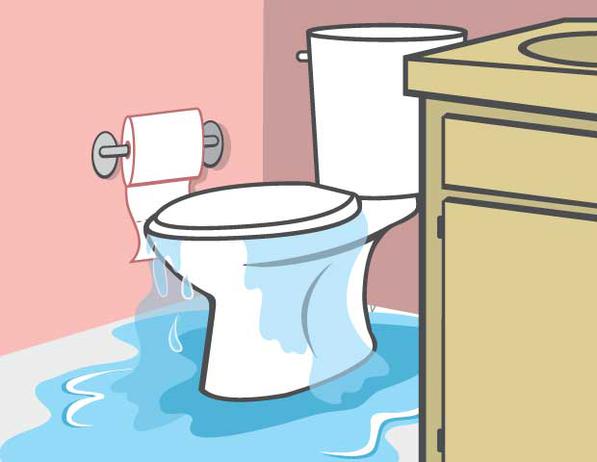Any type of carbon monoxide detector is better than none to protect your family from deadly carbon monoxide (CO) gas, but there are many reasons why hard-wired carbon monoxide detectors are the better, safer choice over a less expensive battery-powered CO alarm. If you are shopping for a carbon monoxide detector because you want to upgrade the alarms you have now or are building a new house, here are six reasons why hard-wired carbon monoxide detectors are clearly the better investment:
1) Two Sources of Power
Hard-wired carbon monoxide detectors are wired into your home’s electric grid and powered by a standard 120 volt current, so you never have to worry that your CO detector is unarmed because you forgot to replace the batteries. And since most hard-wired units also have a backup battery, you will have continuous protection even during power outages.
2) Units can be Linked to Create a Safer System
Standalone battery-powered carbon monoxide alarms detect carbon monoxide gas only in the room they are located in, so you may not hear the alarm in the basement if you are soundly sleeping two floors away. Hard-wired carbon monoxide detectors can be located in various rooms and linked together in tandem connection to create an interconnected alarming system. When all of your CO detectors are linked, all of the detectors will sound an alarm if CO gas is detected in any of the rooms, alerting everyone in the house so they can evacuate quickly.
4) Available as Combo Smoke & Carbon Monoxide Models
Many manufacturers offer hard-wired carbon monoxide detectors that also function as a smoke detector so you can protect your family from both threats with one device. Look for combination carbon monoxide and smoke detectors that activate independently and have distinctly different alarm signals so you can identify which condition it is alarming for.
5) Receive Alerts When You’re Not Home
For the ultimate protection, connect your hard-wired carbon monoxide detector to a landline phone-based autodialer so you’ll receive alarm alerts even when you are out. In homes without landline phone service, connect your carbon monoxide detector to a cellular-based monitoring and alarm system using a wireless transmitter to receive text message or email alerts of if there’s a CO gas emergency.
6) Required in New Construction and Rentals
Because of their numerous benefits, many states require interconnected carbon monoxide detectors in new construction homes.
More on the Dangers of Carbon Monoxide
Carbon monoxide is a poisonous gas with no smell, taste or color, making it so difficult to detect that you can inhale it without even realizing it! According to the CDC, each year 400 Americans die from unintentional CO poisoning not linked to fires, more than 20,000 visit the emergency room, and more than 4,000 are hospitalized. Unless you live in a small one-level apartment, your home should be protected by multiple carbon monoxide detectors. A linked system of interconnected units is the best way to keep your family safe. For more information on choosing and installing carbon monoxide detectors in your home, read “Why One Carbon Monoxide Detector is Not Enough.”





